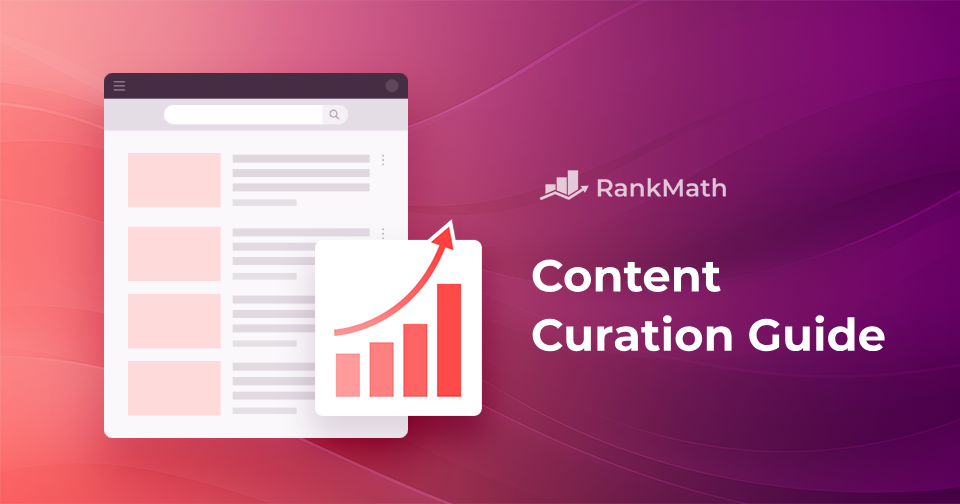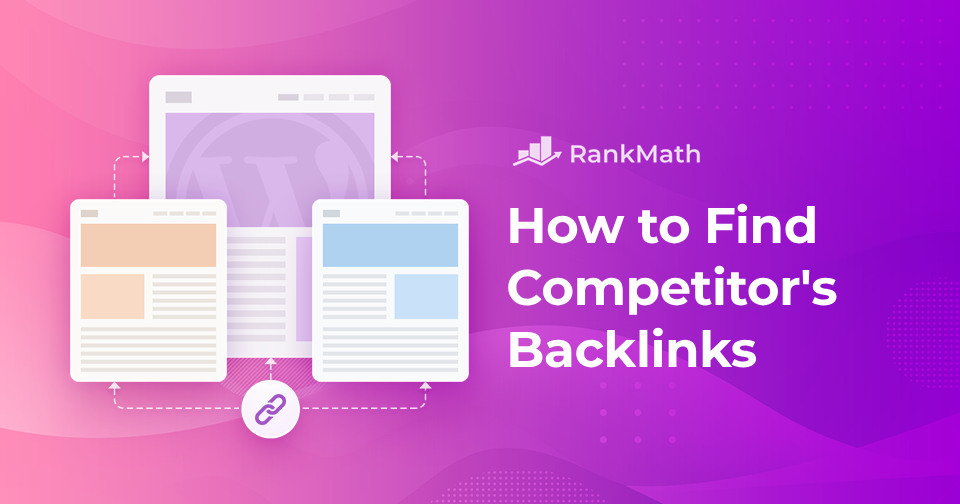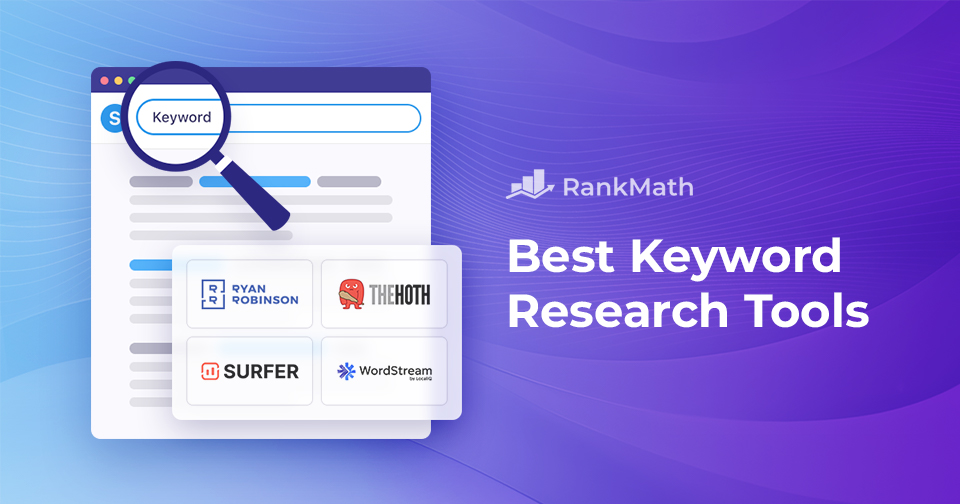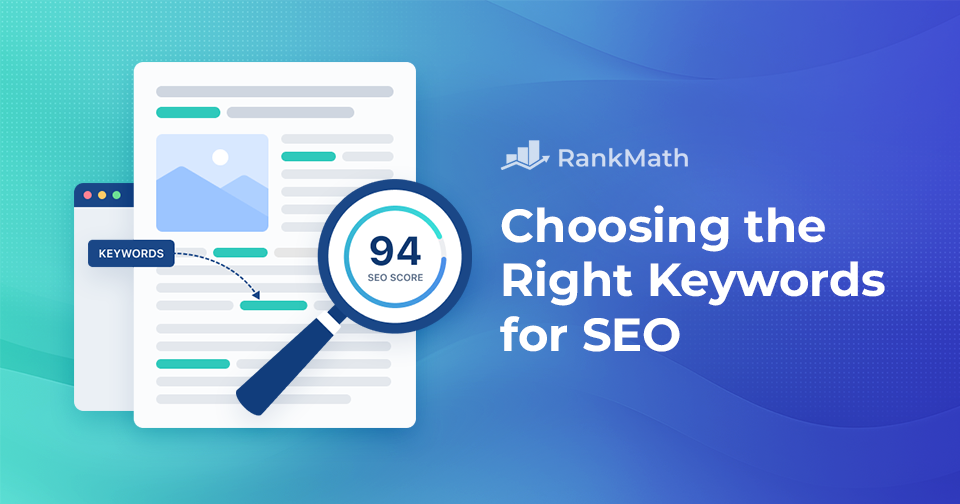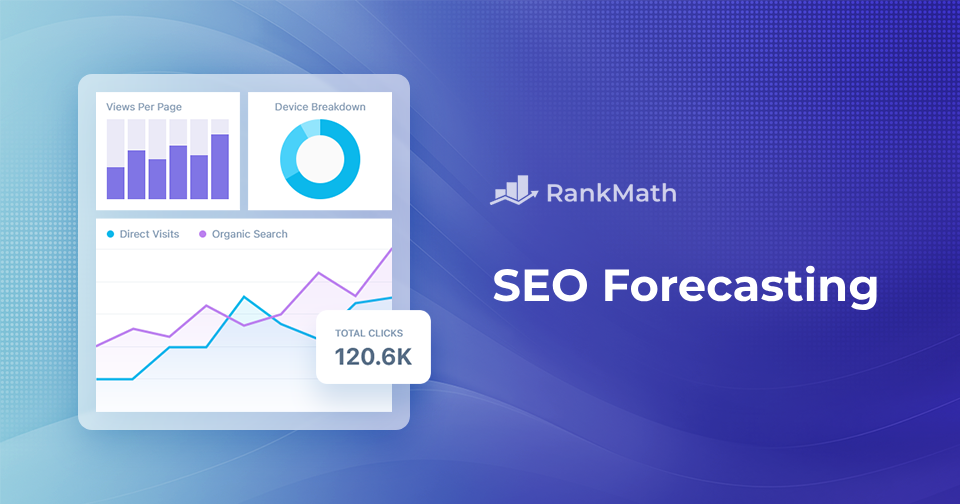Content Curation 101: A Comprehensive Guide for Beginners
Are you unsure of where to find the most valuable information?
Do you struggle to keep your audience engaged with fresh and relevant content consistently? Are you looking for a way to streamline your content curation process while still delivering high-quality content?
If you’re nodding along to these questions, then you’re in the right place.
Content curation may hold the key to solving these challenges and more. But what exactly is content curation, and how can it revolutionize the way you create and share content online?
In this post, we’ll discuss the answers to these questions and the details of curating content. So, are you ready to dive in and discover the magic of content curation?
Let’s get started!
Continue Reading
